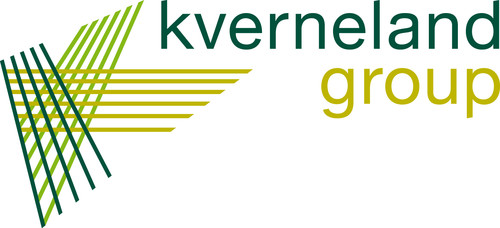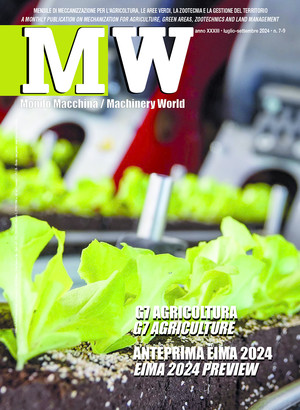
Safim, dual line braking systems
With the entry into force of the RVBR European Regulation (EU 2015/68) relating to braking systems for towed agricultural machinery, the obligation to use dual-line braking systems has been activated. Safim of Modena, a company specialized in the sector regulated by the new rule, did not arrive at this important rendezvous unprepared. “In a dual-line system, the first, called the Control Line (CL), provides the pressure and quantity of oil needed to operate the trailer’s service braking,” they explain in a technical note. “The second, Supplementary Line (SL), provides a constant pressure that deactivates the emergency system. If the pressure of the Supplementary Line falls below a certain threshold - Safim continues - the braking system automatically activates the emergency braking of the towed vehicle”. The Italian company is present on the market with three different hydraulic braking systems, connected to the tractor through the coupling system called “DLC” (Dual Line Coupling). We start from the AS (Accumulator System) technology which uses oil under pressure inside an accumulator for the automatic emergency braking. The advantage of this device is given by the compact size of the actuators, compatible therefore also with the smaller trailers, and by the option of to use this system when the hydraulic brakes are integrated in the hub. In the case of the ECS system (Equal Chamber System), the actuators are made up of combined cylinders, composed of two sections: the first performs as a service brake, while the second - thanks to compressed springs - acts as an automatic and parking brake. Simple and effective, the ECS system can be used only on trailers which may hosts larger combined cylinders respect those necessary on the AS solution. The CTS system (Cylinder & Tank System) is also equipped with combined cylinders, but in case of activation of the emergency brake, the oil used is discharged into a separate tank and not inside the cylinder, as happens for the ECS device.








